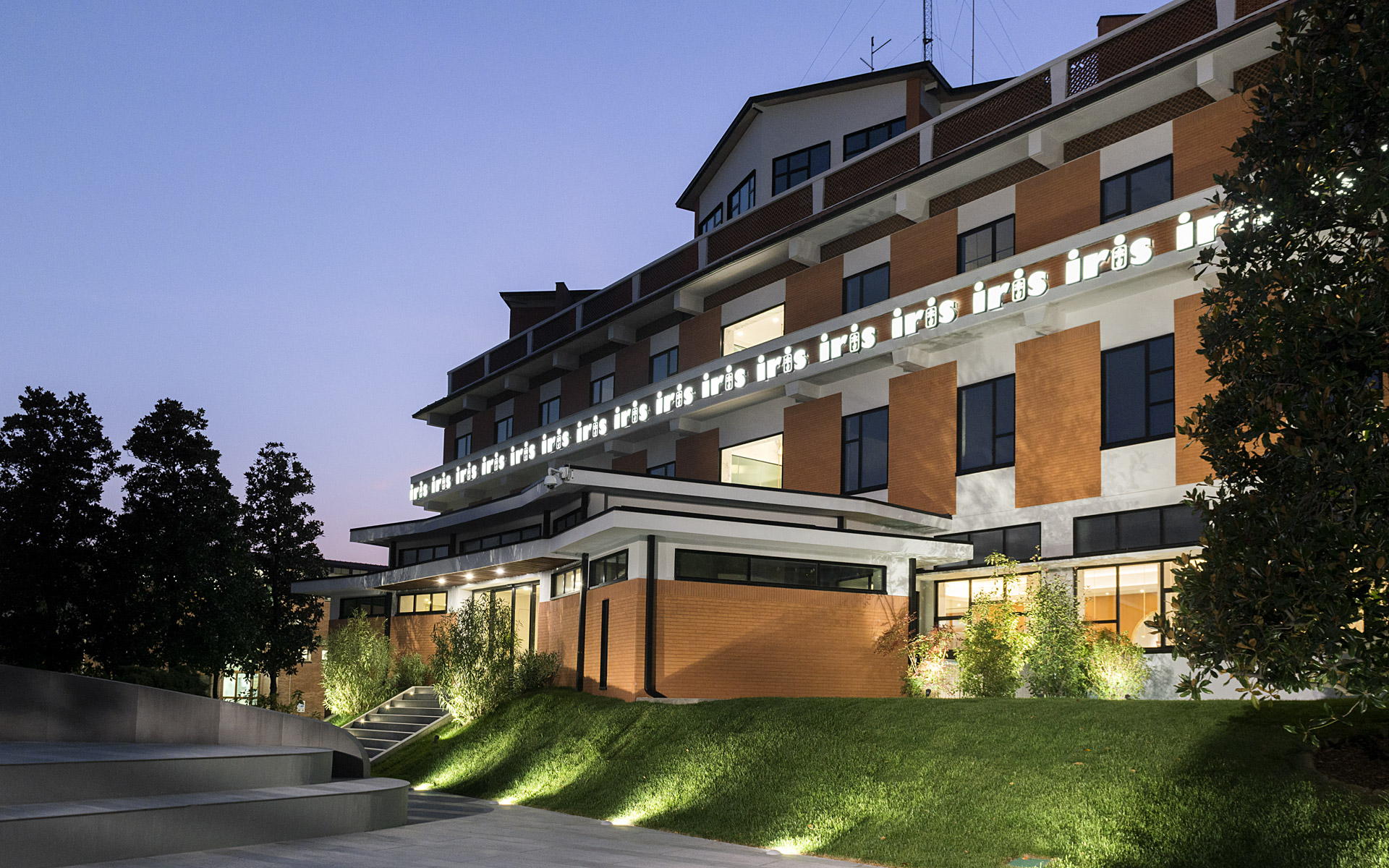

“I have always believed that quality, economic success and environmental protection were not mutually exclusive. In fact, I am convinced that together, they are the key to growth for industrial operations. Everyone involved in Iris Ceramica consciously works towards these aims, proving their efficacy and promoting their adoption beyond the company itself”.
Romano Minozzi, Iris Ceramica Founder
One of the cornerstones of Iris Ceramica's philosophy is to follow the dictates of sustainable architecture, to produce stunning, high-tech ceramics that meet eco-building legal requirements. Man’s survival first of all, and then his well-being, depend on his protection of the environment, and ultimately therefore, of himself. The contrary would be senseless.
The most interesting examples of green architecture for the future are not individual buildings, but entire communities, whose design and construction centre on people and the environment. These communities are known as “ecovillages”. New forms of community-based, social ecology are on the way. Sustainability - after all – concerns quality of life, and is therefore a social issue.
Every since it has been in business, Iris Ceramica has formulated its corporate policies with certain major aims in mind. These objectives include protecting the environment, preventing pollution, complying with legal requirements, and establishing a framework of reference within which to set goals and targets for improvement unlike any other organisation’s worldwide.
Ceramics are a natural material. A union of earth and fire, created by the human mind, they partner, protect and enhance the natural, essential elements that surround them.
The ethic of aesthethics.
Our vision of everyday objects includes a more natural dimension. Our aim is to develop life-enhancing technological innovation, in order to guarantee a people-friendly future. Man’s artistic genius at the service of nature’s beauty. Artistic genius at the service of man.
Within the perspective of ethical design, one issue that is strongly linked to sustainability in industrial manufacturingis recycling. Recycling also represents a means of establishing truly unique objects and exclusive brands. Iris Ceramica has always equipped its plants with cutting-edge pollution prevention devices, and has even patented its own automatic recycling plant for the water used in its manufacturing processes.
Economy=Ecology.
The potential of technology research. No longer demonised and viewed as a depersonalising and standardising influence, today’s vision sees technology at the service of sustainable manufacturing, and concerns both impact on the environment and rational use of its resources.
The development of contemporary architecture respecting nature while meeting human needs.
The home, intended as a place of psychophysical well-being, at one with nature. Following traditional spatial relationships between man and nature, man’s “artificial” settings are absorbed into the natural environment.
The LEED Certification.
The goal of LEED standards is promoting awareness of environmentally sustainable construction among builders and architects with a flexible but well-articulated point system for building certification.
Points are assigned on the basis of calculation of credits assigned for each of the requirements determining the building's sustainability. The total number of credits determines the certification level.
The parameters for credits assignment are now defined according to LEED and BREEAM. BREEAM (BRE Environmental Assessment Method) is the leading and most widely used environmental assessment method for buildings. Created in 1990, it sets the standard for best practice in sustainable design and has become the de facto measure used to describe a building's environmental performance.